Design Note 378: Monolithic Step-Down Regulator Withstands The Rigors of Automotive Environments and Consumes Only 100µA of Quiescent Current
Introduction
Automobile electronic systems place high demands on today’s DC/DC converters. They must be able to precisely regulate an output voltage in the face of wide temperature and input voltage ranges—including load dump transients in excess of 60V and cold crank voltage drops to 4V. The converter must also be able to minimize battery drain in always-on systems by maintaining high efficiency over a broad load current range. Similar demands are made by many 48V nonisolated telecom applications, 40V FireWire peripherals and battery-powered applications with auto plug adaptors. The LT3437’s best in class performance meets all of these requirements in a small thermally enhanced 3mm × 3mm DFN package.
Features of the LT3437
The LT3437 is a 200kHz fixed frequency, 500mA monolithic buck switching regulator. Its 3.3V to 80V input voltage range makes the LT3437 ideal for harsh automotive environments. Micropower bias current and Burst Mode® operation help to maintain high efficiency over the entire load range and result in a no load quiescent current of only 100µA for the circuit in Figure 1. The LT3437 has an undervoltage lockout and a shutdown pin with an accurate threshold for a <1µA quiescent current shutdown mode.
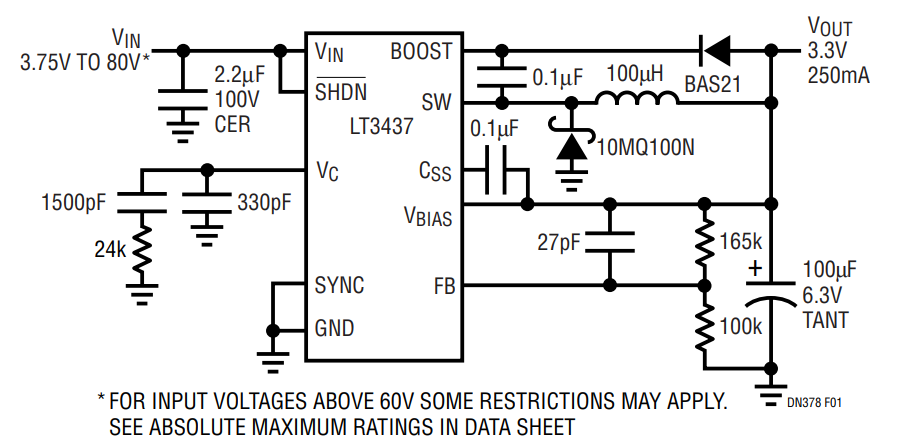
Figure 1. 14V to 3.3V Step-Down Converter with 100µA No Load Quiescent Current.
External synchronization can be implemented by driving the SYNC pin with a logic-level input. The SYNC pin also doubles as Burst Mode defeat for applications where lower output ripple is desired over light load efficiency. A single capacitor provides soft-start capability which limits inrush current and output voltage overshoot during startup and recovery from brown-out situations. The LT3437 is available in either a low profile 3mm × 3mm 10-pin DFN or 16-pin TSSOP package both with an exposed pad leadframe for low thermal resistance.
Brutal Input Transients
Figure 2 shows the LT3437’s reaction to the severe input transients that are possible in an automotive environment. Here, the input voltage rises from a nominal 12V to 80V in a 100ms load dump pulse, then drops to 4V in a 150ms cold crank pulse. The 200kHz fixed frequency and current mode topology of the LT3437 allow it to take it all in its stride—response to the input transients are less than 1% of the regulated voltage.
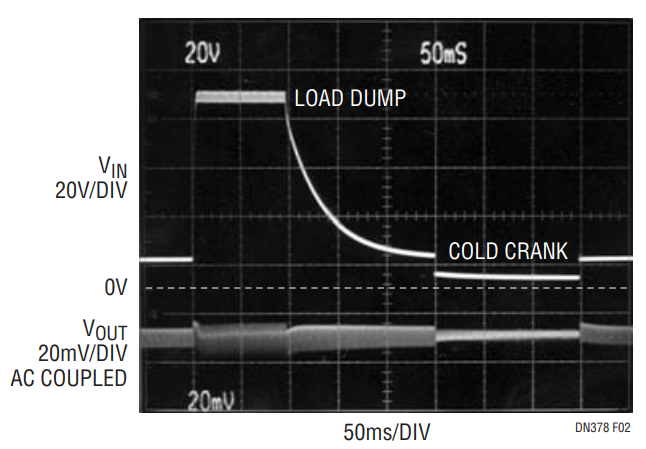
Figure 2. Output Voltage Response to Load Dump and Cold Crank Input Transients.
The fuzziness seen on the output voltage is due to the ESR of the output capacitor and the change in inductor current ripple as the input voltage transitions between levels. This ripple can be eliminated by changing the output capacitor type from tantalum to ceramic.
Low Quiescent Currents
Many of today’s automotive applications are migrating to always-on systems which require low average quiescent current to prolong battery life. Loads are switched off or reduced during low demand periods, then activated for short periods. Quiescent current for the application circuit in Figure 1 is less than 1µA in shutdown mode, and a mere 100µA (Figure 3) for an input voltage of 12V under a no load condition. The LT3437 provides excellent step response from a no-load to load situation as shown in Figure 4. Automatic Burst Mode operation ensures efficiency over the entire load range as seen in Figure 5. Burst Mode operation can be defeated if lower ripple is desired over light load efficiency by pulling the SYNC pin high or driving it with an external clock.
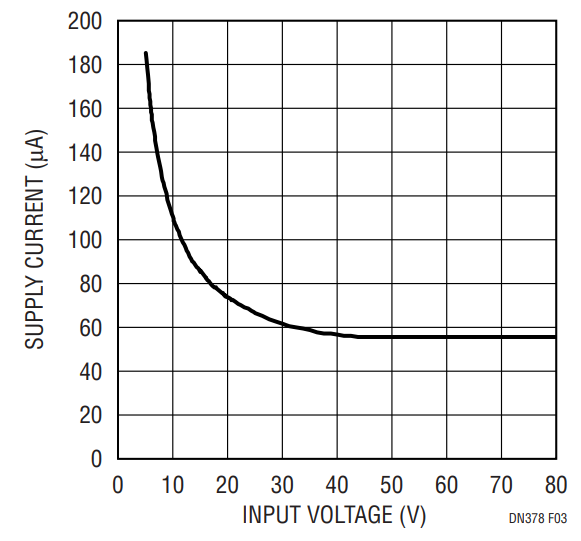
Figure 3. Supply Current vs Input Voltage for Circuit in Figure 1.
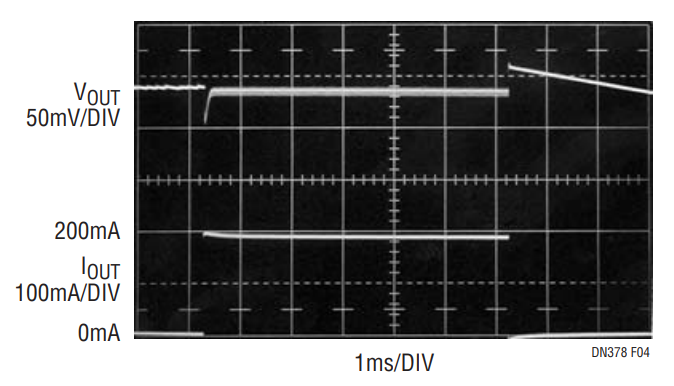
Figure 4. Output Voltage Response for 0mA to 200mA Load Step.
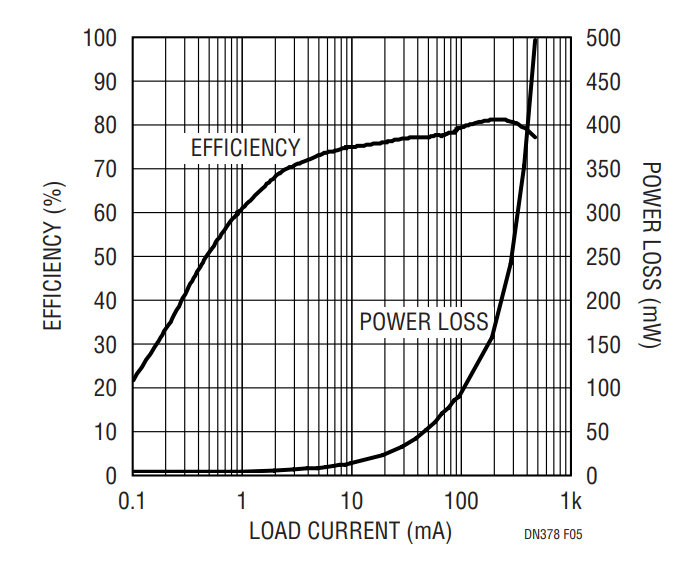
Figure 5. Efficiency and Power Loss vs Load Current for the Circuit in Figure 1.
Soft-Start Capability
The rising slope of the output voltage is determined by the output voltage and a single capacitor. Initially, when the output voltage is close to zero, the slope of the output is determined by the soft-start capacitor. As the output voltage increases, the output slope is increased to full bandwidth near the regulated voltage. Since the circuit is always active, inrush current and voltage overshoot are minimized for startup and recovery from overload (brown-out) conditions. Figure 6 illustrates the effect of several soft-start capacitor values.
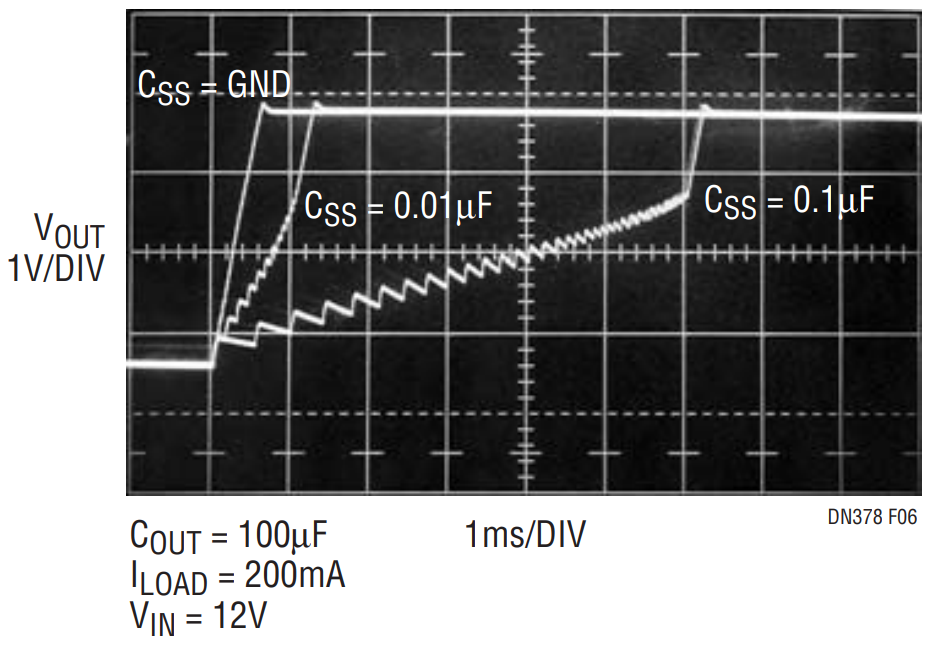
Figure 6. Output Voltage Soft-Start.
Conclusion
The LT3437’s wide input range, low quiescent current, robust design and small thermally enhanced packages make it an ideal solution for all automotive and wide input voltage, low quiescent current applications.
